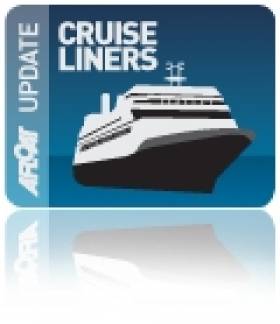Displaying items by tag: Killybegs Harbour
While Killybegs harbour is synonymous with the fisheries sector a new video released by Ronan Renewables shows just how the County Donegal port is increasingly catering to the renewable energy sector.
While home to a large portion of the Irish fishing fleet in the winter months, the port is also ideal for affordable import/export and storage for a range of industries.
With open Atlantic ocean access, Killybegs harbour also offers 24/7 ships agency, stevedoring and storage facilities at its 300m pier of 12m draft.
Ronan Group Renewables, headed by Sligo sailor Conor Ronan, who operate out of Killybegs, are directly and indirectly responsible for 200 MW of installed capacity across its onshore assets.
Check out the video below.
#ExploringDonegal - National Geographic Explorer visited Killybegs Harbour yesterday following a voyage along the western seaboard with anchorage calls off Aran Islands and Dingle Peninsula as previously reported here on Afloat, writes Jehan Ashmore.
The call of Lindblad Expeditions /National Geographic's operated 150-passenger cruiseship to Killybegs is the second arrival this season which was opened last week by Le Boreal with a 254 passenger capacity.
A sister of the Companie du Ponant's chic 'boutique' style mega-yacht like vessel, Le Soleal is the next caller due on 24 May. In total 9 cruiseships are scheduled in 2015, surpassing last year itself a record.
More than 6,300 passengers are to visit the town and along this stretch of the Wild Atlantic Way. The main attraction of nearby Slieve League, one of the highest sea cliffs in Europe that are 601m (1,972 ft) high above the Atlantic Ocean.
Of the P&O Cruises to visit the north-west, they will be made by the 30,000 tonnes Adonia, with a length of 180.45m (592 ft) and the largest cruiseship to Killybegs in 2015 goes to the 69,000 tonnes Oriana with a length of 260.00m (853.02 ft).
Adonia has a capacity for 710 passengers while Oriana is much greater with 1,822 passengers and a crew of almost 800.





























































